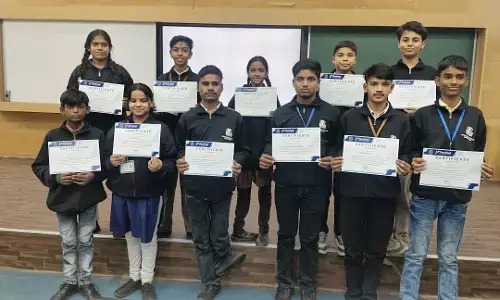Low power gadgets will rock in 2014

Low power gadgets will rock in 2014, Gigahertz, megapixels, apps by the thousands. The more of them we get, the more commoditised technology gets. Hundreds of competing phones run the same chips, the same Android OS, the same apps. How do you tell one from the other?
Gigahertz, megapixels, apps by the thousands. The more of them we get, the more commoditised technology gets. Hundreds of competing phones run the same chips, the same Android OS, the same apps. How do you tell one from the other?
You can't even tell any more from the specs how good a product is. The 4 MP (megapixel) camera in an HTC One beats most 8 MP camera-phones. A 2GHz processor is no guarantee of a phone being faster than one with a 1 GHz chip.
But there's one way to tell if a product is better. And that's if it draws lower power.
Take two laptop brands with similar performance and battery capacity: the one that lasts much longer has better tech inside. As it is for
smartphones. And lightbulbs. And cars.
Low power is a terrific thing. In a mobile device, it gives you longer usage between charges. In other devices, it reduces the investment in (and running cost of) backup power, and cuts down on cooling and other related costs.
So here's how that affects what you'll buy in 2014, across five different categories.
1. All-day computing: Apple led the way with 10-hour batteries, both for tablets and laptops. Battery life was a big reason for the iPad's success - and the Microsoft Surface tablet's failure. The slim and uber-cool MacBook Air is the gold standard in long battery life. Other PC vendors are scrambling to catch up. If you're looking to buy a portable computer or tablet, look for nothing less than 6-8 hours of battery life in a slim, light device. That narrows your options, but you'll see a lot more of them this year. A Haswell chip inside is a good thing to watch for if you're buying an Intel-based computer.
2. LED lighting: 2014 is the year we'll see the tipping point: LED lights going mainstream. There are three good reasons. One, the rising
availability of cheaper LED lights from major brands, and especially cheap Chinese products. Two, the rising cost of power (especially backup power from diesel generators). Three, the long life of LED devices, which is why so many traffic lights in India went LED. Incandescent bulbs are dying. If you're buying a bulb or tubelight, LED is the way to go this year.
3. Five-star appliances: If you're buying a new fridge, water-heating geyser, or air-conditioner, it makes no sense in 2014 to buy a device rated at less than the highest energy-efficiency level for your country. For India, that's a five-star rating from BEE, the Bureau of Energy Efficiency. Five-star devices cost more, but the evergy savings are high, and they also save you on capital investment by lowering the backup capacity (generator or inverter or UPS) you need.
4. Mobile phones: This is a tough one. Smartphones are battery hogs. There are so few phones that last more than a day on a charge that it restricts your choices to make battery life a big factor. Thanks to so many always-on apps, top models like the iPhone 5 need to be charged twice a day. And so it's inevitably the external juice-packs, or battery banks, for you. In 2014, we'll see other phones like Lenovo's P780, with massive 4AH batteries, which last over two days on a charge and even charge other phones over the USB, and smartphone power management apps and features that selectively take power-sapping apps like Facebook offline.
5. Finally, usable wearable tech: If James Bond could have all that tech cramped into a wristwatch two decades ago - phone, laser beam - why couldn't we? The answer is the battery. A wristwatch-cellphone would run out of charge in minutes. Even companion 'smartwatches' like Samsung's Gear are terrible with battery life. More usable (and popular) are minimalist GPS-equipped wearables for runners (from Nike, Garmin and others), but this is the year smartwatches will get smarter about battery life. The one thing you really have to know when buying a wearable tech, whether a Google Glass clone (there will be those this year) or the Gear 2 around mid-2014 is how long the battery lasts. Expect external strap-on battery options, too.
Next Story
















